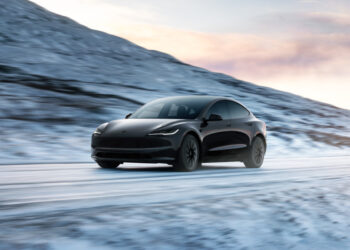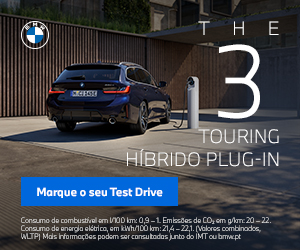Both, or even more than, autonomy, charging times continue to be, for some drivers, the major obstacle to the transition to electric mobility. Brands are aware of this, and charging speeds are, in fact, increasingly higher, supported by high-voltage electrical architectures that allow for greater power levels.
Still, according to Tyrone Johnson, the head of Hyundai’s new development center in Europe, the ideal scenario has not yet been achieved: the one in which fully charging the battery takes the same time as is typically required to fill up the fuel tank of a vehicle with an internal combustion engine, in order to eliminate the usual anxiety associated with driving a 100% electric car. “Customer expectation is that it takes three minutes to charge the battery, just like it does with a vehicle equipped with an internal combustion engine,” Tyrone Johnson told Auto Express, adding: “Perhaps it’s more of a perception than a reality, but drivers worry about range anxiety and the possibility of needing to drive more than 300 kilometers without prior warning. The goal is to achieve the same ‘refueling’ speed as with an internal combustion engine.”
According to Tyrone Johnson, a greater understanding from the general public regarding fully electric drivetrains is also necessary, as the technology and charging infrastructure need more time to develop and fully establish. The challenge is, he said, “enormous, and everyone expects an immediate response, but we need time.” In this sense, the South Korean manufacturer is, for example, working on a new charging technology with a maximum power of 400 kW.









